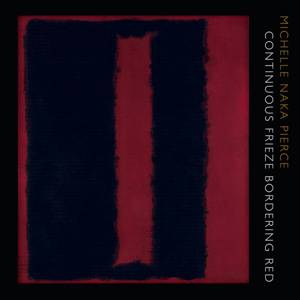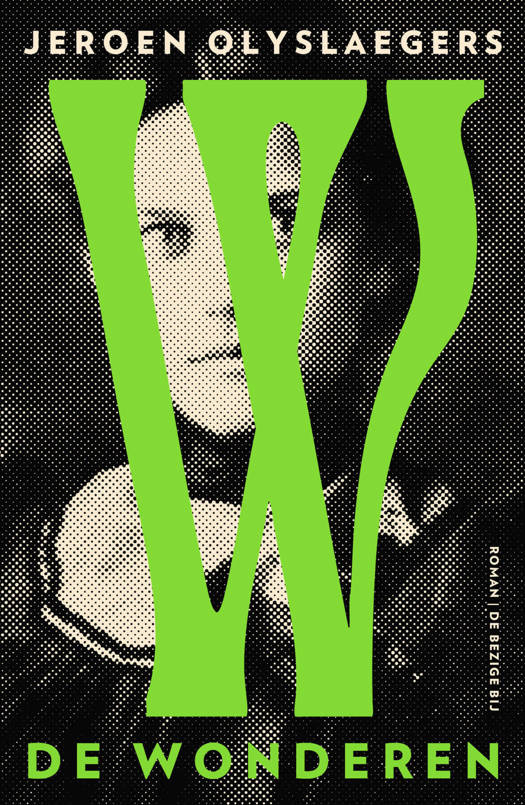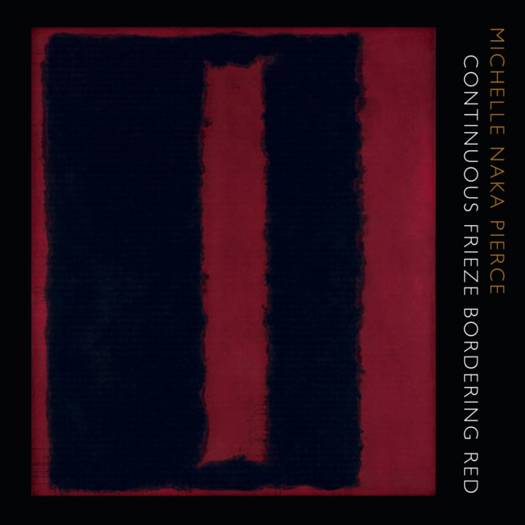
- Afhalen na 1 uur in een winkel met voorraad
- Gratis thuislevering in België vanaf € 30
- Ruim aanbod met 7 miljoen producten
- Afhalen na 1 uur in een winkel met voorraad
- Gratis thuislevering in België vanaf € 30
- Ruim aanbod met 7 miljoen producten
Zoeken
€ 43,95
+ 87 punten
Omschrijving
Continuous Frieze Bordering Red documents the migratory patterns of an Other, as she travels between countries, languages, seasons, and shifting identities. A narrative on hybridity, the text explores [dis]location as a cultural swerve while it interrogates Rothko's red: his bricked-in, water-damaged windows [floating borders], which reflect unstable cultural borders to the hybrid. A person of mixed race [hybrid, mongrel, mutt] traverses these "invisible" cultural borders repeatedly. Border identity comes with flux, instability, and vibrational pulls. An Other is marked as someone who does not belong. She is always a foreigner: when traveling and when at "home." She is cast aside, bracketed from the dominant culture. She is [neither][nor][both]. She exists in a liminal space: in place and displaced simultaneously. That is, her identity and body are peripatetic, which is reflected in the continuous horizontal frieze. The reader must literally cross the borders of each page in order to navigate each line of text, leaving the reader in constant motion as well. The poem also functions as an ekphrasis of Rothko's Seagram murals: Rothko writes that the paintings make the observers "feel that they are trapped in a room where all the doors and windows are bricked up." The hybrid is confined and isolated. Even though the Other is estranged from herself and desires a sense of cultural belonging, she ultimately wants to "acknowledge this scar tissue and proceed" so that she is not held to false measures of "purity." Continuous Frieze Bordering Red attempts to move away from pejorative definitions of "hybrid" and embrace the monstrous self.
Specificaties
Betrokkenen
- Auteur(s):
- Uitgeverij:
Inhoud
- Aantal bladzijden:
- 78
- Taal:
- Engels
- Reeks:
Eigenschappen
- Productcode (EAN):
- 9780823243051
- Verschijningsdatum:
- 2/04/2012
- Uitvoering:
- Paperback
- Formaat:
- Trade paperback (VS)
- Afmetingen:
- 213 mm x 211 mm
- Gewicht:
- 226 g

Alleen bij Standaard Boekhandel
+ 87 punten op je klantenkaart van Standaard Boekhandel
Beoordelingen
We publiceren alleen reviews die voldoen aan de voorwaarden voor reviews. Bekijk onze voorwaarden voor reviews.








